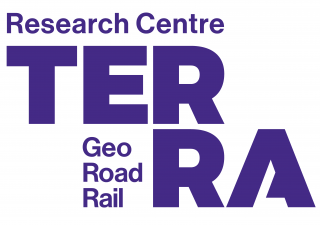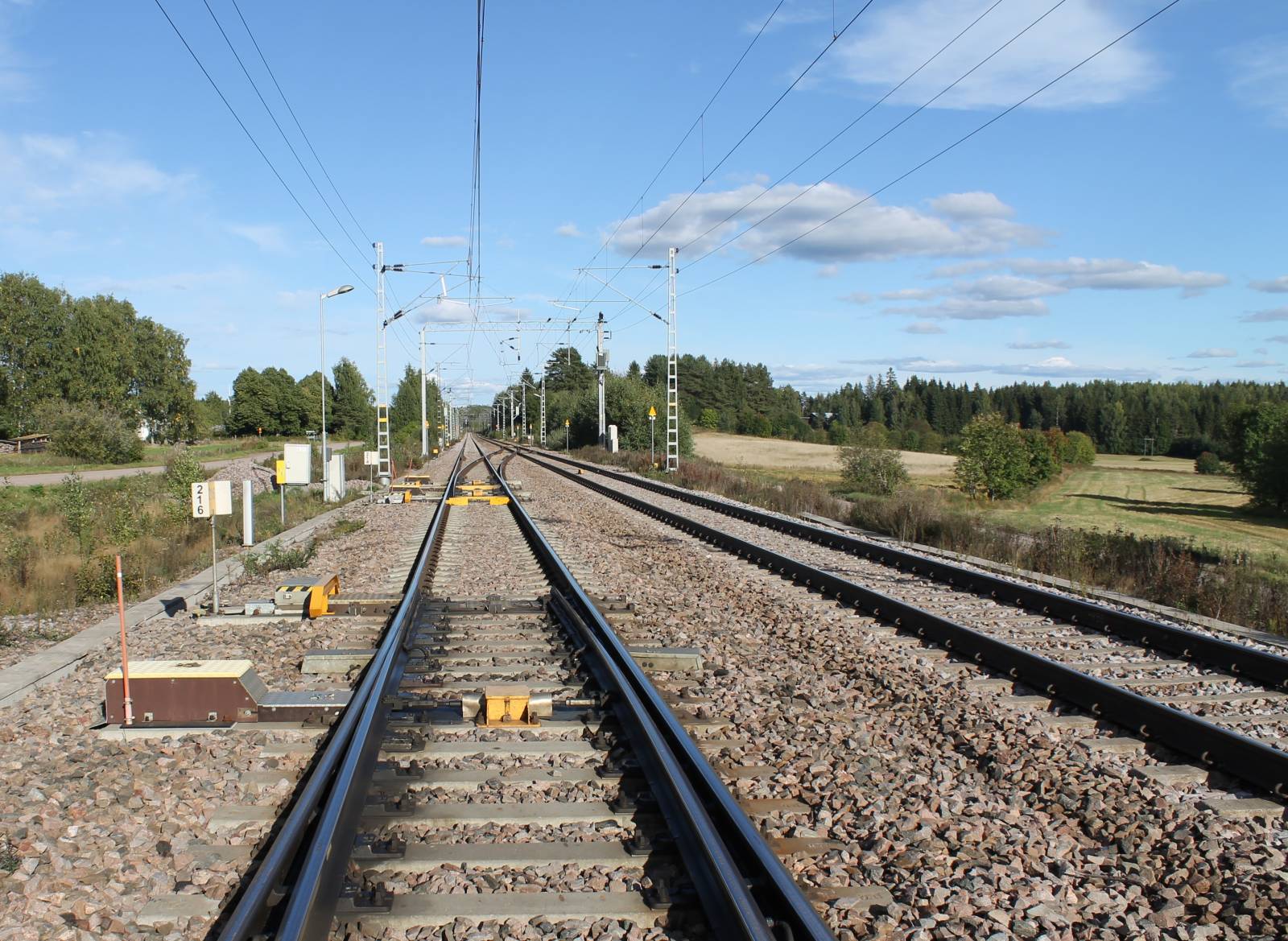Tampere University and FTIA have a long tradition of research cooperation in the field of track structure research. The previous three four-year research programs focused on improving the life cycle of railway structures. The ‘High-Speed Mixed Traffic Railways’ collaboration (2021-2024), which is now starting, shows the importance of research for track maintenance.
The research, which is mainly carried out at Research Centre Terra of Tampere University, focuses on the special features brought by high-speed trains, which must be taken into account when designing tracks. The aim is to increase the maximum permitted speed on some sections of track to up to 250 kilometers per hour, but more generally to increase speeds to 200 kilometers per hour. Another research topic is the traffic induced vibration caused by heavy trains and the load effects caused by freight rolling stock.
Operating high-speed passenger trains and slow freight trains on the same track is quite a challenge. In many other countries, people and goods move along their own tracks. Large speed differences decrease capacity and rail curves cannot be optimized to suit a particular rolling stock type and driving speed. The track must also be maintained as required by high-speed trains. However, freight transport plays a significant role in causing track damage.
The aim of the four-year ‘High-Speed Mixed Traffic Railways’ co-operation is to continue and further develop the co-operation that benefits both parties but also the whole railway sector. The main goal of the co-operation is to provide research information to use in situations where decisions are made concerning design, construction, maintenance and asset management of cost-effective and well-functioning railway infrastructure.



